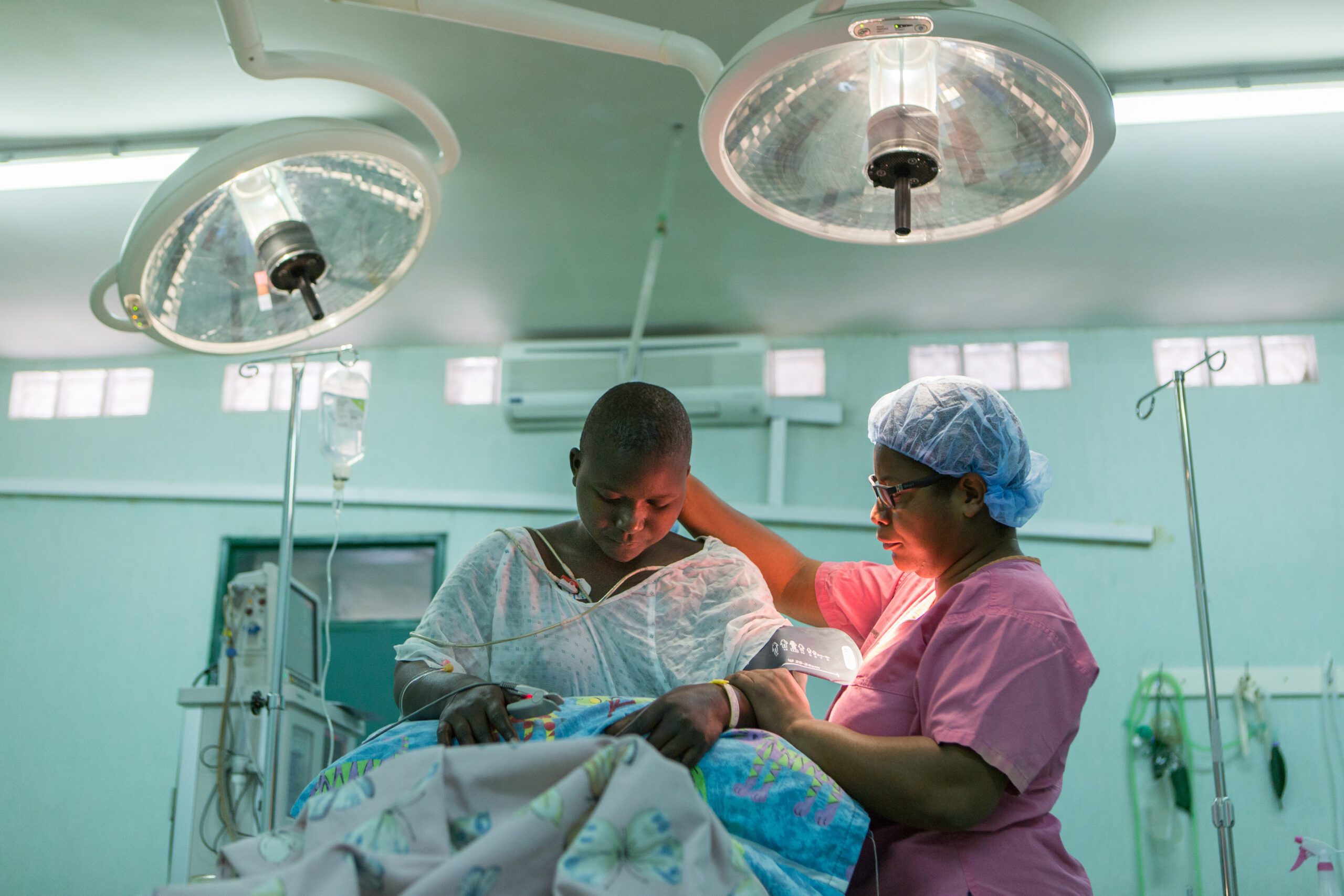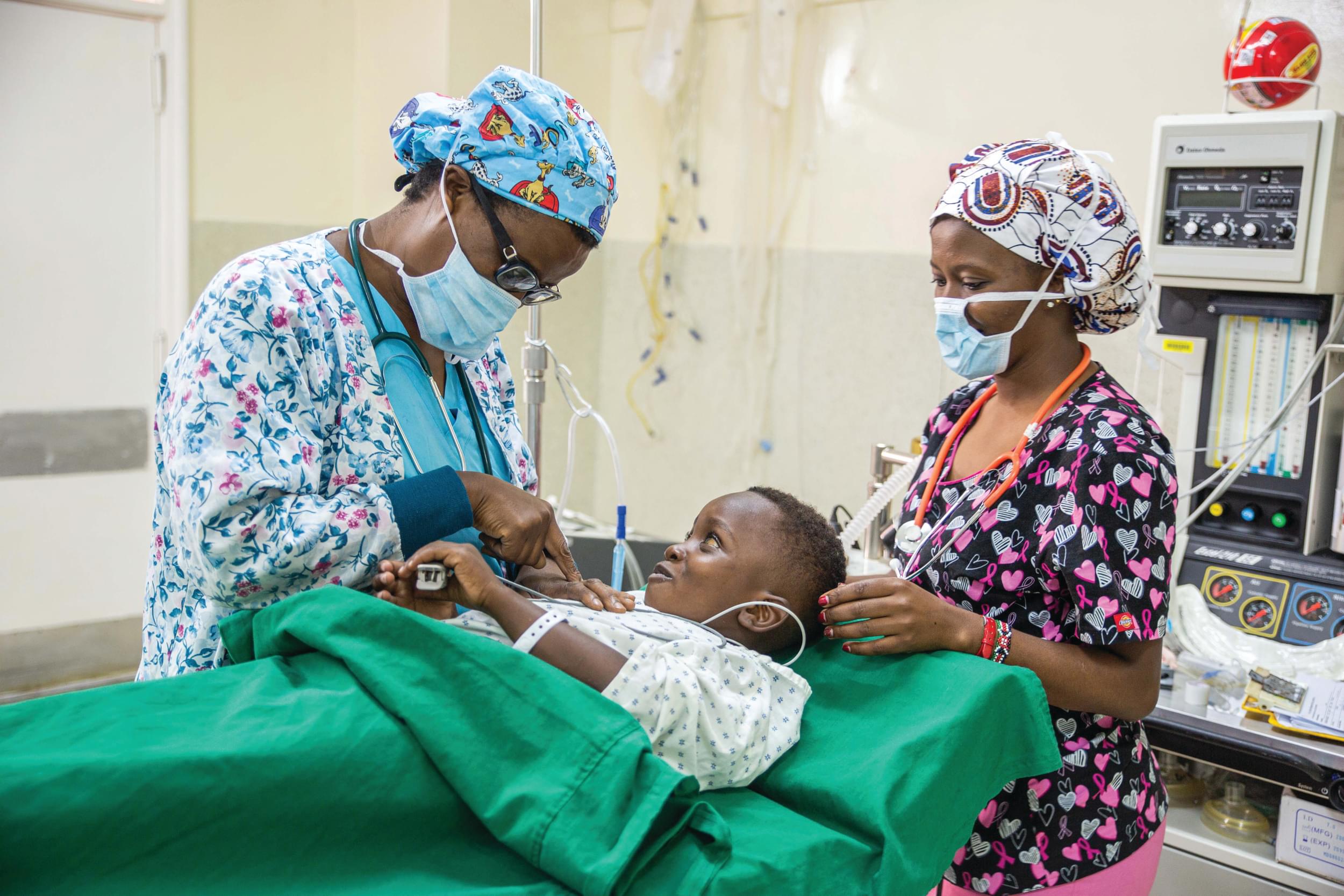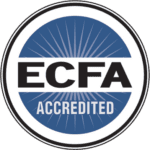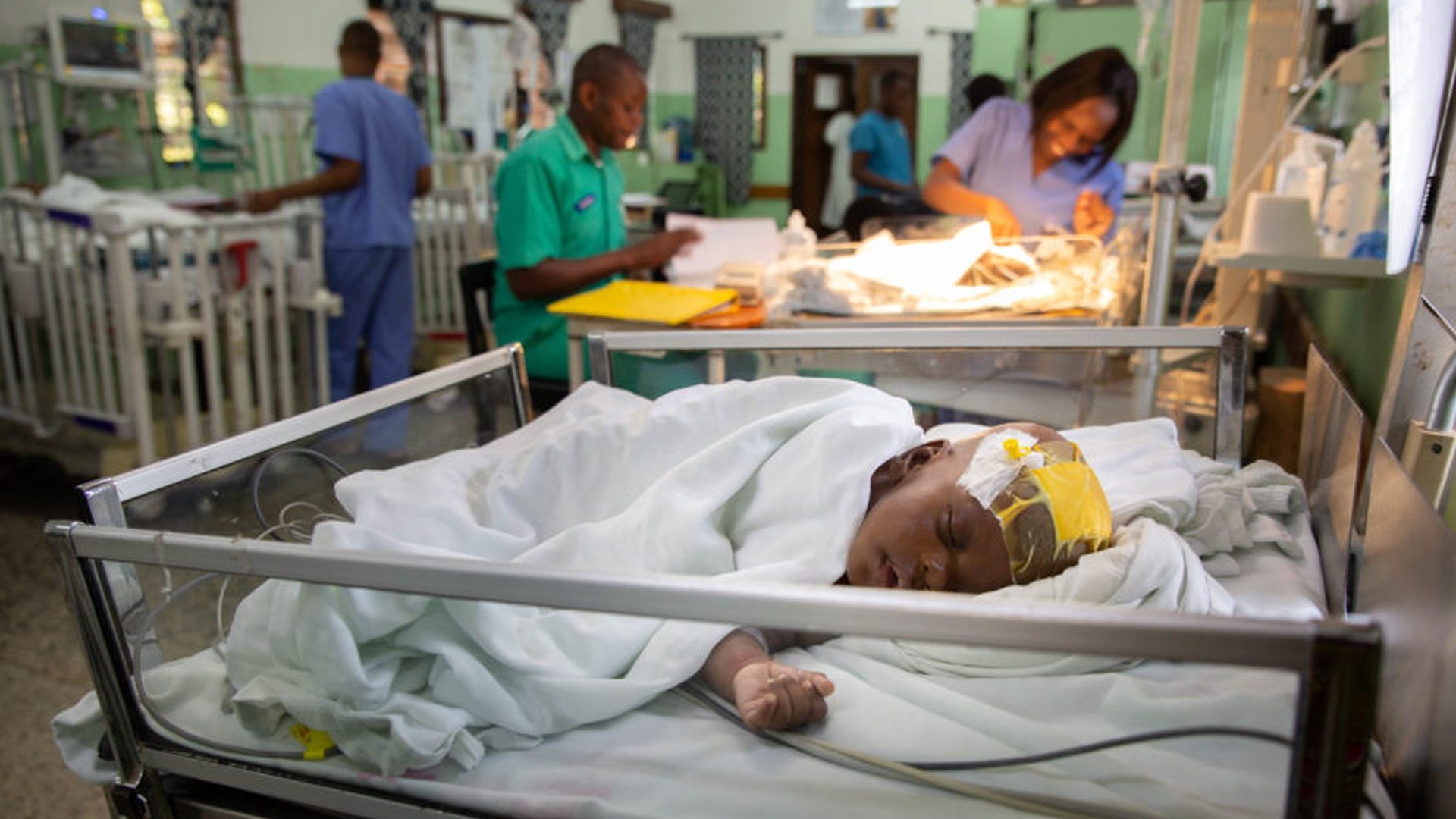Association of bacteria with hydrocephalus in Ugandan infants
Abstract:
Object: Infantile hydrocephalus in East Africa is predominantly postinfectious. The microbial origins remain elusive, since most patients present with hydrocephalus after antecedent neonatal sepsis (NS) has resolved.
Methods: To characterize this syndrome in Ugandan infants, the authors use polymerase chain reaction targeting bacterial16S ribosomal DNA from CSF to determine if bacterial residue from recent infections were detectable. Bacteria were identified based on the relationship of genetic sequences obtained with reference bacteria in public databases. The authors evaluated samples from patients presenting during dry and rainy seasons and performed environmental sampling in the villages of patients.
Results: Bacterial DNA was recovered from 94% of patients. Gram-negative bacteria in the phylum Protobacteria were the most commonly detected. Within the phylum, Gammaprotcobacteria dominated in patients presenting after infections during the rainy season, and Betaprotcobacteria was most common following infections during the dry season. Acinetobacter species were identified in the majority of patients admitted after rainy season infection.
Conclusions: Postinfectious hydrocephalus in Ugandan infants appears associated with predominantly enteric gram-negative bacteria. These findings highlight the need for linking these cases with antecedent NS to develop more effective treatment and prevention strategies.























